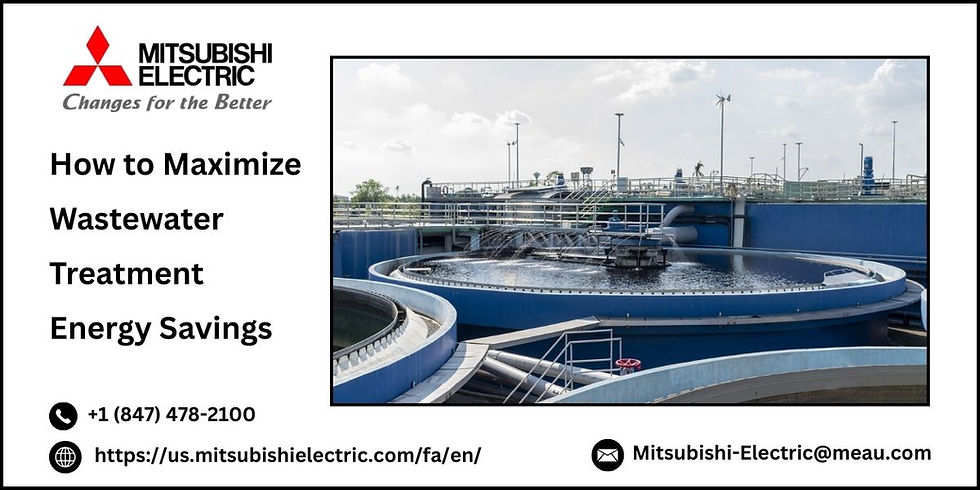How VFD Pump Control Systems Improve Flexibility in Industrial Processes
- mitsubishielectric1
- Apr 4, 2024
- 2 min read
In today's fast-paced industrial landscape, flexibility is key to staying competitive and meeting the ever-changing demands of the market. As industries evolve and production processes become increasingly complex, the need for adaptable and efficient systems has never been greater. This is where Variable Frequency Drive (VFD) pump control systems come into play, revolutionizing industrial processes and providing unmatched flexibility and control. In this blog, we'll explore how VFD pump control systems improve flexibility in industrial processes, empowering businesses to optimize production, reduce costs, and stay ahead of the curve.
Automated packaging lines and conveyor systems are integral components of modern industrial processes, enabling the efficient movement and handling of goods throughout production facilities. However, traditional fixed-speed pump systems used to power these systems often lack the flexibility needed to accommodate fluctuations in demand and changes in production requirements. This is where VFD pump control systems shine, offering precise control over pump speed and flow rates to match varying process conditions and optimize energy consumption.

By integrating VFD pump controllers into automated packaging lines and conveyor systems, businesses can achieve unprecedented flexibility and responsiveness in their operations. VFD pump control allows pumps to operate at variable speeds, automatically adjusting to changes in demand and maintaining optimal performance levels. This not only improves the efficiency of production processes but also extends the lifespan of equipment and reduces maintenance costs over time.
In addition to enhancing flexibility in automated packaging lines and conveyor systems, VFD pump control systems offer a wide range of benefits across various industrial applications. Whether used in water treatment plants, HVAC systems, or manufacturing facilities, VFD pump controllers provide unparalleled control and efficiency, allowing businesses to adapt quickly to changing conditions and optimize their operations.
One of the key advantages of VFD pump control systems is their ability to reduce energy consumption and lower operating costs. By adjusting pump speed to match actual demand, VFD controllers eliminate the need for inefficient throttling valves or bypass systems, reducing wasted energy and saving businesses money on utility bills. This not only improves the bottom line but also aligns with sustainability goals and environmental initiatives, making
VFD pump control systems a win-win for businesses and the planet alike.
Furthermore, VFD pump control systems offer advanced monitoring and diagnostic capabilities, allowing operators to track performance metrics, detect potential issues, and troubleshoot problems in real-time. With built-in features such as fault detection and alarm notifications, VFD controllers enable proactive maintenance and minimize downtime, ensuring uninterrupted operation and maximum productivity.
In conclusion, VFD pump control systems play a critical role in improving flexibility in industrial processes, allowing businesses to adapt quickly to changing conditions and optimize their operations for maximum efficiency and productivity. Whether used in automated packaging lines, conveyor systems, or other industrial applications, VFD pump controllers provide precise control, energy savings, and advanced monitoring capabilities that empower businesses to stay ahead of the curve in today's competitive market.

.png)



Comments